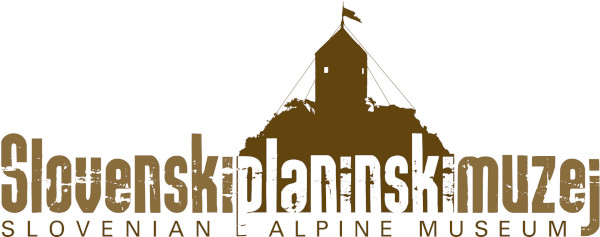Mountains are calling me
The three key driving forces behind any mountaineering trip are an irresistible urge, curiosity, and longing.
Just like a child is tempted to sneak up to the nearest hill, so a grown-up man is drawn to the highlands by an irresistible desire; exhausted from the toil of everyday life, struggling under the weight of burdens, he seeks peace and comfort and, failing to find that in the valley, ventures higher and higher to the mountains to find there his sweet solace. (Sermon by Priest Matija Vertovec, 1820)
The mountains, their pervasive image being one of distance and inaccessibility, have always instilled fear and respect in people. Areas of untamed beauty, mountains were clad in a veil of myths and tales. Ordinary people, however, depended on these mighty masters for their survival. Thousands of years ago, people walked the mountains to satisfy their economic need, as hunters, shepherds, herdsmen, alpine dairy farmers, miners, charcoal-makers and herbalists, but also for religious reasons as pilgrims. Only later, in the 18th century, were they joined by the first explorers – natural scientists, mostly botanists – who started exploring the mountains with the help of local guides.
In time, the economic aspect of mountaineering was replaced by admiration and exploration of the mountains and their beauties. The results were two-fold: the mountains inspired a national patriotic sentiment and became a place for doing sports.
Throughout the centuries, Slovenian mountains have come to symbolize longing, self-affirmation, ascent, and the ability to overcome obstacles. The mountains have attracted many foreign visitors over the years who have spread their fame throughout the world. Today mountains are a meeting place for people from different parts of the world, people of different beliefs, people with different objectives; they are a place where tolerance and understanding walk hand in hand.
















